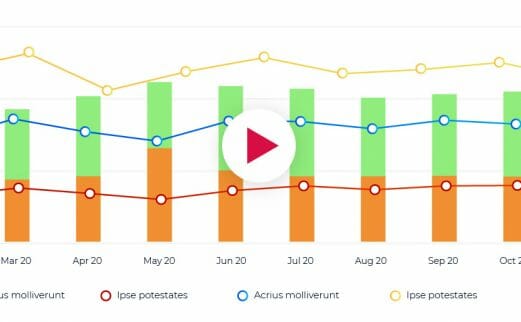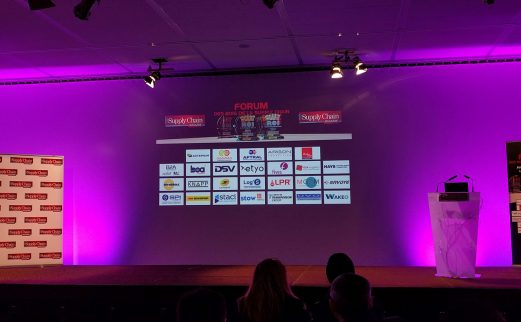Sylvain Bossé, Supply Chain Director Scanelec at Schneider Electric, shared his thought about how to manage sales forecasts in a SME today.
Pierre Fournet, CEO of the LEON consulting agency, offered some valuable insights and best practices on sales forecasts and how to implement a proper S&OP process.
SCANELEC, DIY retail activity of Schneider and a SME with a steady growth, addresses the food and DIY department stores with an omnichannel strategy and counts a revenue of 40 million euros in 2017. Its objective is to create value, meaning to adapt, thanks to marketing, electricians’ products for consumers. Its products are distributed through direct distribution and direct-to-home delivery.
The initial challenge faced by Sylvain when arriving at Scanelec, was the uncertainty of sales forecasts. Moreover, with almost no processes and a strong compartmentalization between the business and replenishment teams, the risks on stock management and service rate were high.
Why do sales forecasts?
For Sylvain and Pierre, the main interest to do sales forecasts is to share the same data among the different services. Pierre Fournet explains “We noticed that usually, there are many different forecasts for one company (from sales, finance, production…). A first essential step for any process is to share one and unique forecast plan.”
“Sharing forecasts allow us to be more reactive against uncertainty” explains Sylvain. “We can also go further and work better with our suppliers and partners.”
Sales forecasts also allow to save money. At Scanelec, two leverages have been identified: to gain tenders and sales operations and have the according stock. This mean not missing out opportunities and avoid shortages (that lead to penalty).
The methodology to implement a sales forecasts process
Before even thinking about a tool, it was important for Scanelec to go through a transition phase in order to mentalize the process and persuade the different actors of the forecasts’ significance.
Sylvain idea was to set periodic meeting with the major accounts and the business to share the risks resulting from forecasts in a trusting spirit.
With the LEON agency (lead by Pierre Fournet), Scanelec implemented a SIMPLE sales forecasts process (simple process and simple tools).
The first step was to alert the different actors of the significance of the process around a business game organized by LEON and that lasted a full day. The interest was to educate everyone about forecasts and ease the change.
After a session of interviews to identify pain points and strengths, the third step was to formalize a process based on best practices (historical review, calculation, forecasts consolidation, disaggregation of forecasts for production, replenishments and shipping), categorize products and define hierarchies.
“Specially to calculate forecasts, a specific tool is highly recommended because it will have “best-fit auto” algorithms” explains Pierre.
The last step was to pick the right software, to modelized and to implement the solution. It appeared necessary to choose a specific tool over Excel. “we quickly realized that we will need specific algorithms, and to update and share the information” explains Sylvain.
The Colibri project was quick, it started in February and the teams were autonomous in the tool by April. “the advantage of Colibri is the quick implementation that allows to see results in just a few months, which, from the direction point of view, can be very appreciable” explains Pierre.
The results
- Improvement of the forecasts quality and service rate. Scanelec recorded a strong diminution of penalties in the month following the implementation of the sales forecasts process.
- Launch optimization and relief of the teams. The responsibilities between forecasts and replenishments are clearly established, employees can now focus on their core business.
- Sales involvement: monthly meetings are now happening correctly; the educational phase was highly benefic for this point.
- First step of the S&OP completed, “we fully master our Demand review and want now to work on the next steps of the S&OP”
The advantages of Colibri according to Sylvain:
« To sum up, we were looking for a simple and affordable tool that could fit our company size, we wanted something ergonomic and quick to implement in order to see results as soon as possible.”
What is S&OP?
Pierre Fournet, explains that the S&OP is composed of 5 steps:
- Marketing Review: the management of product launch and sales operations
- Demand Review: to have sales forecasts shared by everyone.
- Supply Review: the replenishment and production capacity part.
- Reconciliation: to check if the demand matches the supply and offer solutions accordingly.
- Management Review: involves general direction to arbitrate between demand and capacity.
This cycle must be concluded within a month and be rigorous in order to work and be virtuous.





